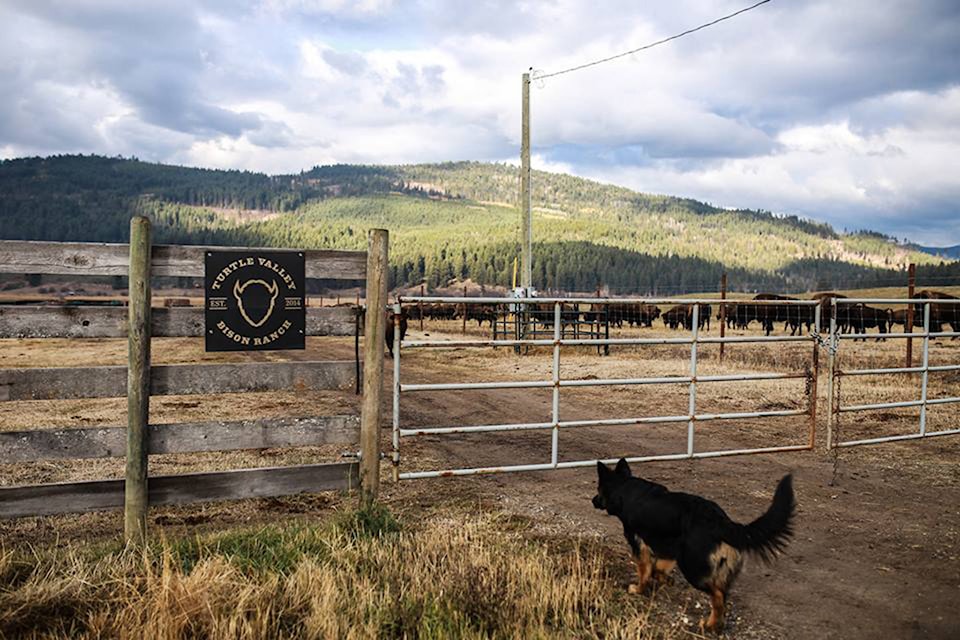Re: Margaret Fryatt’s letter of April 18, Turtle Valley biosolids plan should not proceed.
We recognize there will always be a diversity of opinions on innovative initiatives like the project at the Turtle Valley Bison Ranch. We respect people’s rights to express their views, even if they’re not ones we share. However, Ms. Fryatt and those who actively oppose the project continue to make statements and claims we would like to address.
Arrow regularly evaluates biosolids opportunities, looking at things like topography, water and air quality, and transportation impacts to determine whether the proposed project is a good fit. Most aren’t. The company does not take on projects that cannot be done responsibly and safely. Many Arrow employees live in this community and region too, and share Turtle Valley residents’ interest in ensuring the health and wellness of land, water, and people.
Read more: Letter: Biosolids plan poses risk to lake, creeks and river
Read more: Effectiveness of human waste as fertilizer examined during community meeting
Let’s clear up confusion about our 777-dry-tons-per-hectare application rate.
Ms. Fryatt and others speculate we are planning to apply biosolids in amounts that greatly exceed those permitted in other jurisdictions. This ongoing apples-to-oranges comparison implies our project and BC’s regulations governing the beneficial reuse of biosolids are irresponsible, inadequate and unsafe.
So why is there a 22-dry-tons-per-hectare limit in Ontario and we’re planning to apply 777 dry tons at Turtle Valley? Because the type of biosolids project determines the application rate.
The often-cited limits for Ontario, Holland, Denmark and Manitoba are for year-after-year, direct-surface applications where the project objectives are to fertilize crops and improve the soil’s organic matter and suitability for sewing seeds.
At the Turtle Valley site, our objective is to build a productive soil on land that is rocky glacial till, was previously forested and recently logged, and is low in organic matter and fertility.
We are not fertilizing an existing crop through direct surface application of biosolids on a regular basis. Instead, we are turning disturbed, non-agricultural land into healthy agricultural land, by making and applying a fabricated soil. This soil, comprising nine-percent biosolids, will provide nutrients and organic matter to the existing mineral soil in order to establish and sustain a perennial grass pasture. This fabricated soil enables nutrients to release slowly over time, meaning the site will not require additional fertilization for five or more years.
Read more: Turtle Valley residents seek testing of processed sewage mixture for chemicals
Read more: Video: Protesters prevent delivery of treated sludge to Turtle Valley ranch
This is a responsible and safe biosolids project with significant support.
Our project at the Turtle Valley Bison Ranch is a designed to meet rigorous regulatory standards and has the backing and support of many. We continue to work diligently to keep the community informed about what we are doing and produce a project newsletter which anyone can access at nutrigrow.ca/resources.
We appreciate Ms. Fryatt taking the time to write and share her opinions. We want open and constructive dialogue about our biosolids projects and encourage anyone with questions and comments to reach out to us at info@nutrigrow.ca.
Tim Bell, Arrow Transportation
Jeff Mayer, Arrow Environmental
Conrad Schiebel, Turtle Valley Bison Ranch
